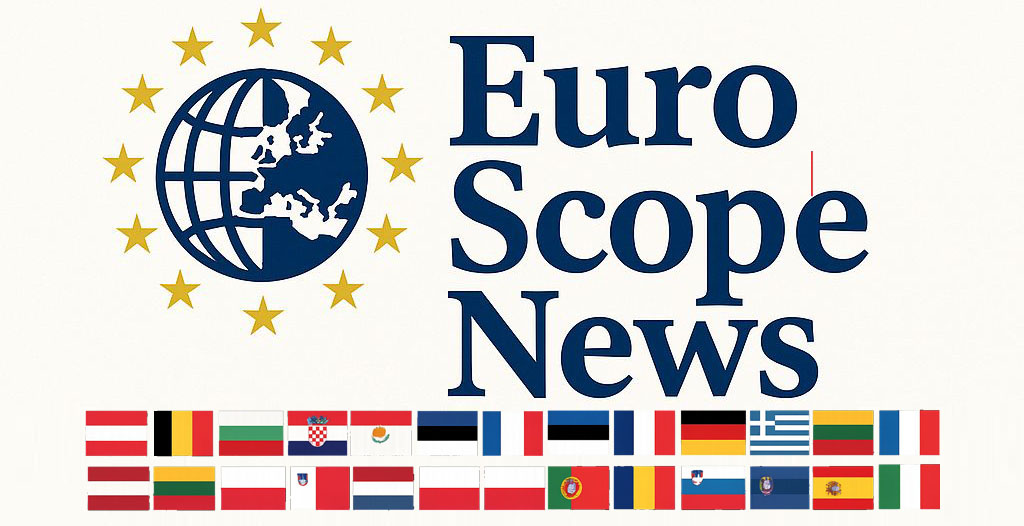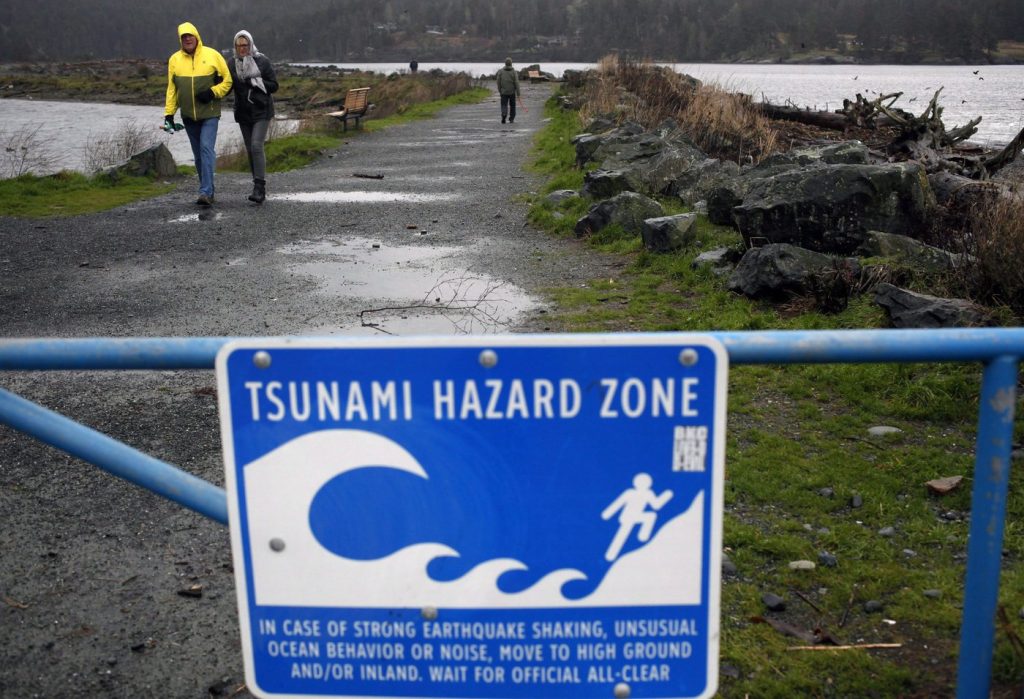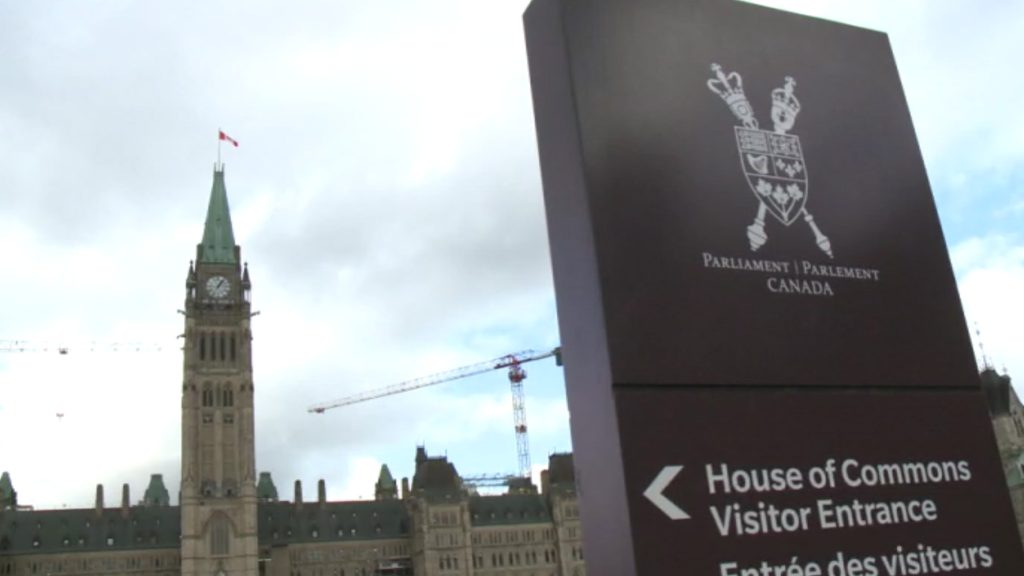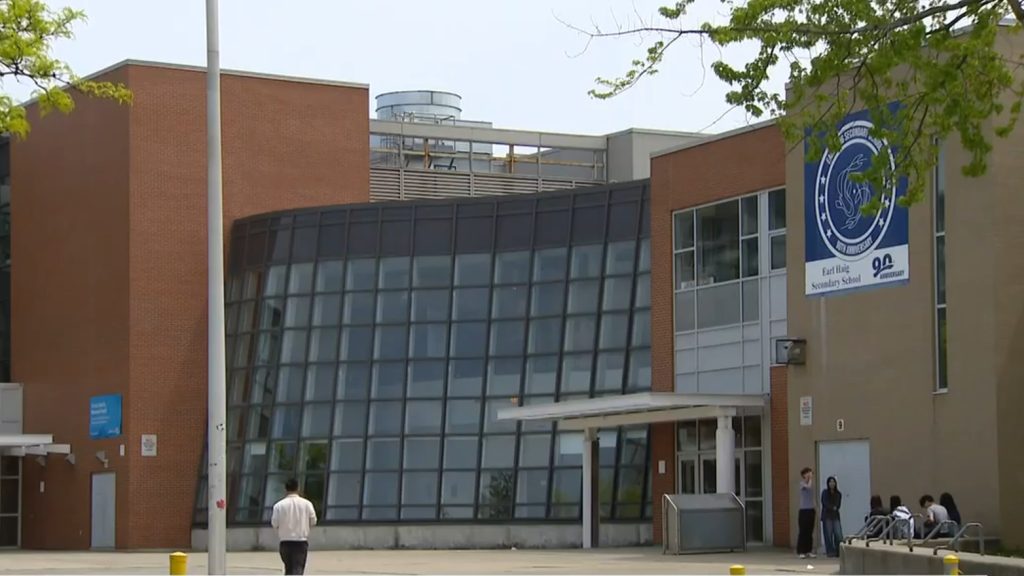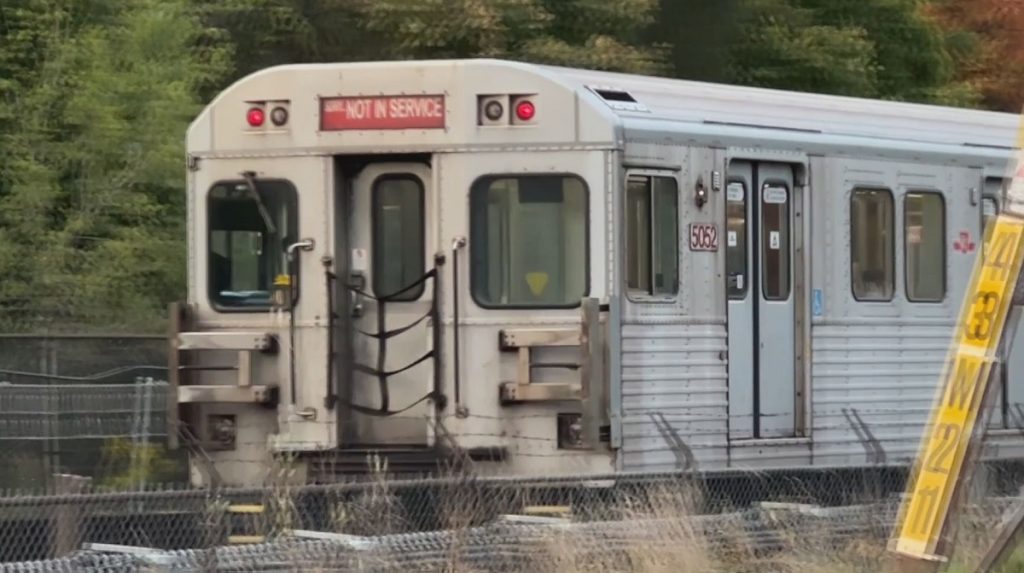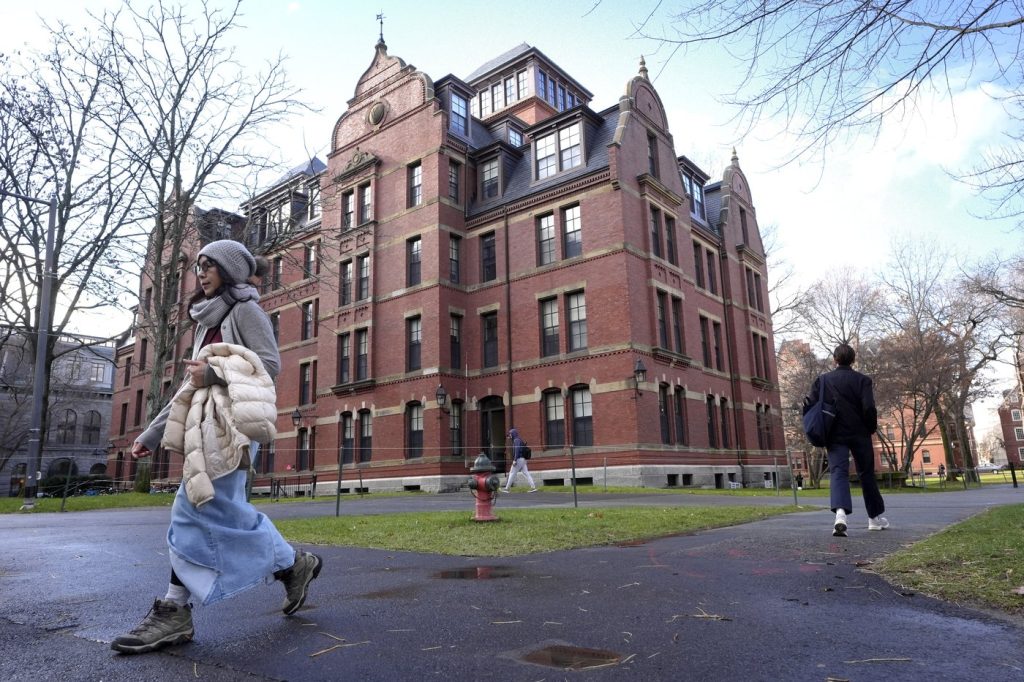Small tsunami waves were anticipated to reach parts of British Columbia's coastline following one of the world's most powerful earthquakes, which occurred off the coast of southeastern Russia. The province's emergency information agency issued warnings, predicting waves measuring less than 30 centimeters to arrive in Tofino around 11:30 p.m. on July 29, 2025. The first waves were expected to hit the remote Langara Island at the northern tip of Haida Gwaii around 10:05 p.m.
The earthquake, recorded with a preliminary magnitude of 8.8, would rank among the strongest ever documented. Reports from both Russia and Japan indicated that tsunami waves had already impacted their coastal areas. In addition to the main quake, multiple aftershocks occurred, with one registering as strong as 6.9 in magnitude.
A tsunami advisory was implemented for various regions along B.C.'s coast, including Greater Victoria. This advisory encompassed the North Coast and Haida Gwaii, the Central Coast, and northeastern Vancouver Island—covering areas like Kitimat, Bella Coola, and Port Hardy. Furthermore, the outer west coast of Vancouver Island, stretching from Cape Scott to Port Renfrew, was also under advisory, alongside the Juan de Fuca Strait from the Jordan River area to Greater Victoria, including the Saanich Peninsula.
The U.S. National Tsunami Warning Center initially issued a lower-level tsunami watch before upgrading it to an advisory, which extended from B.C.'s northern coast down to California's border with Mexico. The center's website clarified that a tsunami advisory is classified as the second of three warning levels utilized by both the United States and Canada.
Emergency Info BC emphasized the importance of local governments activating their emergency plans and considering the evacuation of marinas, beaches, and other ocean-adjacent areas. An advisory from Environment Canada indicated a "possibility of strong localized currents," advising residents in coastal areas to stay clear of the shoreline and remain vigilant for updates from emergency authorities. Notably, the tsunami advisory did not cover the Strait of Georgia, Gulf Islands, Johnstone Strait, or Greater Vancouver.
The earthquake struck just before 4:25 p.m. Pacific time, approximately 119 kilometers east-southeast of Petropavlovsk-Kamchatsky, a city of around 180,000 residents located in Russia's Kamchatka region. If confirmed, the preliminary magnitude of 8.8 would place this quake among the ten most powerful recorded since 1900 and the most powerful since the catastrophic 2011 Tohoku earthquake off Japan, as categorized by the U.S. Geological Survey.
Russian news agencies reported damage and evacuations near the quake's epicenter on the Kamchatka peninsula; however, no significant injuries were reported. In Petropavlovsk-Kamchatsky, witnesses observed people fleeing into the streets without appropriate clothing, while interior items like cabinets fell and vehicles rocked in the streets.
Tsunami warning sirens were activated in Honolulu, prompting residents there to seek higher ground. In Japan, the national meteorological agency issued a tsunami warning, noting that waves of 40 centimeters had been detected in Tokachi on the southern coast of Hokkaido, Japan's northernmost main island.
The situation remains fluid as authorities continue to monitor the coastlines for any further developments related to the tsunami and aftershocks. B.C.'s emergency management continues to remain vigilant in addressing potential impacts in order to ensure public safety.
